When we perform bent over rows or flyes, we want to create a neutral spine, a flat back, a long spine, an extended spine. I’ve heard it cued all of those ways (and they can all be great cues!).
But often because we lack thoracic extension and even our pecs and lats are tight, we end up arching our lower back in our attempt to extend and create a “flat back.”
We end up compensating to try and replicate a movement. We seek out mobility from other areas, which ends up creating overload.
So if you feel your lower back during those bent over rows and flyes, even though your form “looks” pretty good overall, it may be time to try some tweaks as you also work on your thoracic mobility!
If you find this happens, it may be helpful to start with a single arm row, where you can have a hand and knee on a bench. This can take some of the load off of your core.

Or you can even place your other hand on your leg to help brace while in a staggered stance. This can help you elongate without arching. The staggered stance alone can also sometimes help.
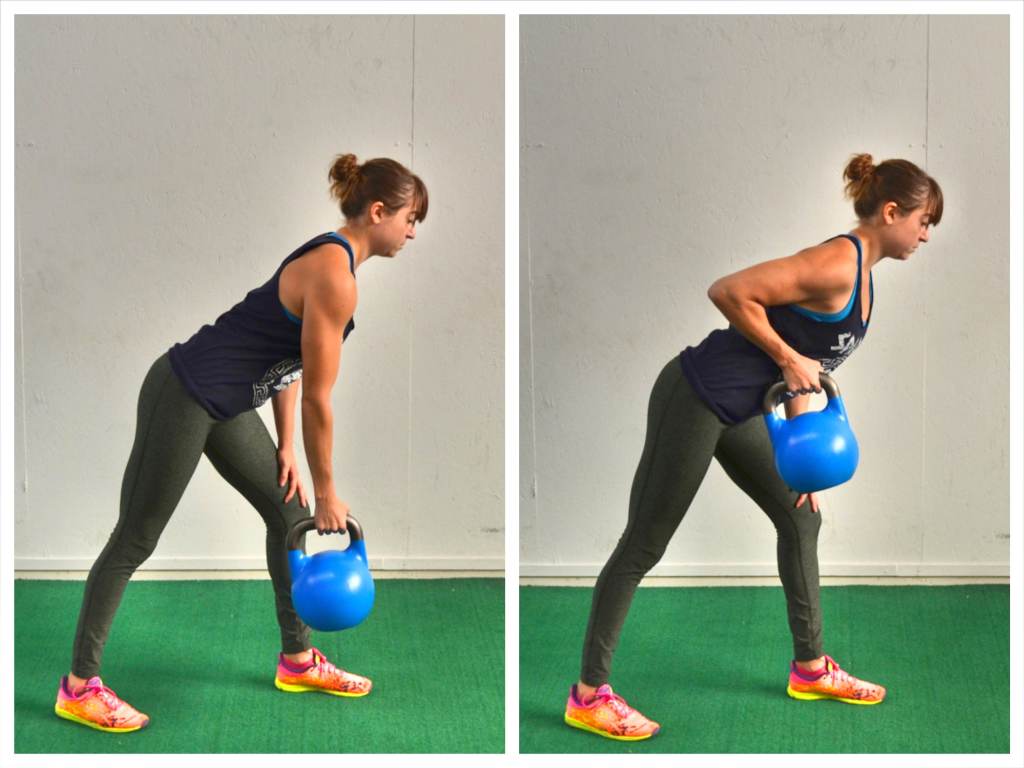
Of course you do want to be working to learn how to extend your thoracic spine without hyperextending or overloading your lower back, but as you work on that mobility and core bracing, you can tweak your positioning during rows and flyes to avoid pain!
You can also modify the bent over dumbbell fly, or even the bent over row, by doing them while prone.
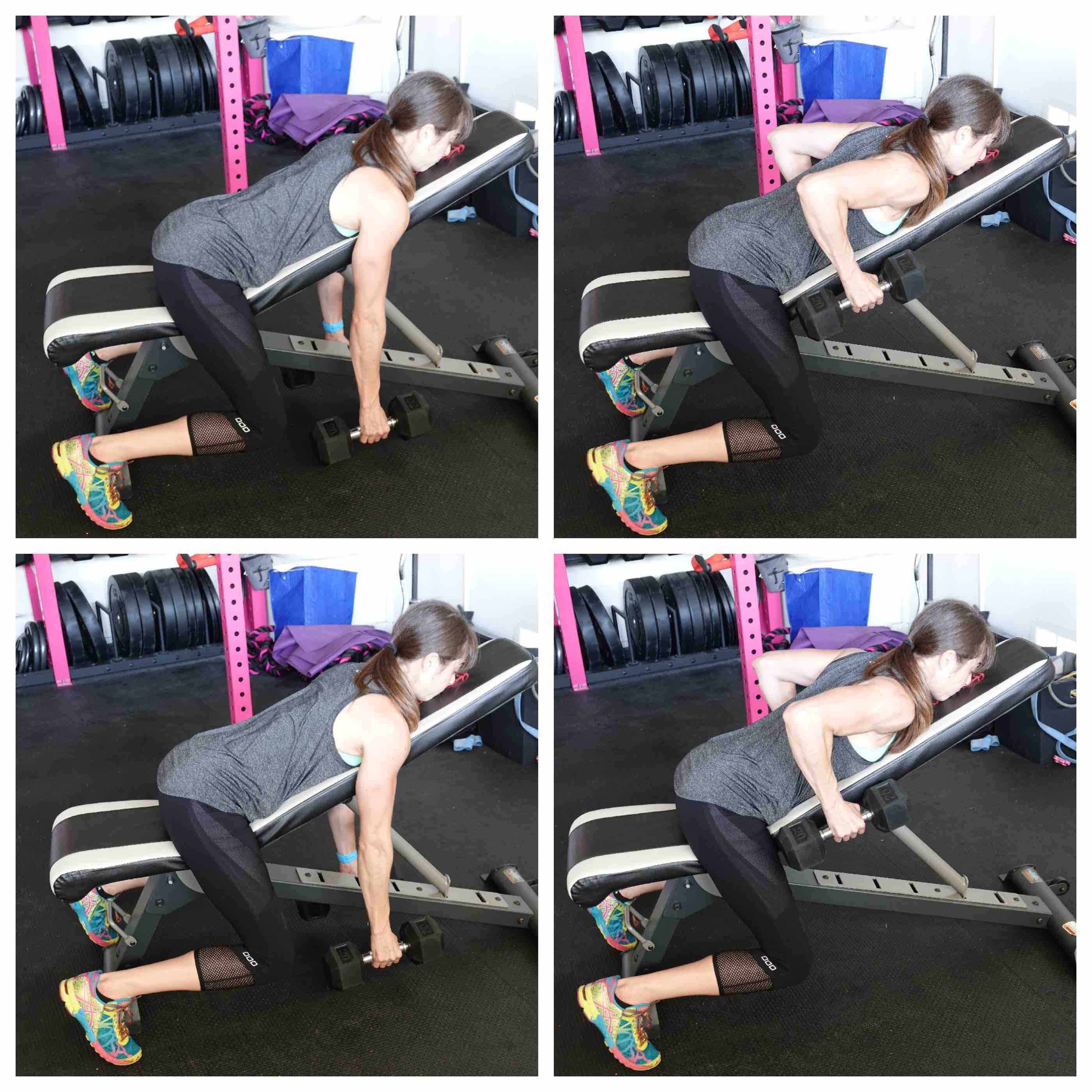
Lie face down on a bench or incline bench so your chest and torso is supported. This can help you brace against the bench and use that to help you extend without arching.
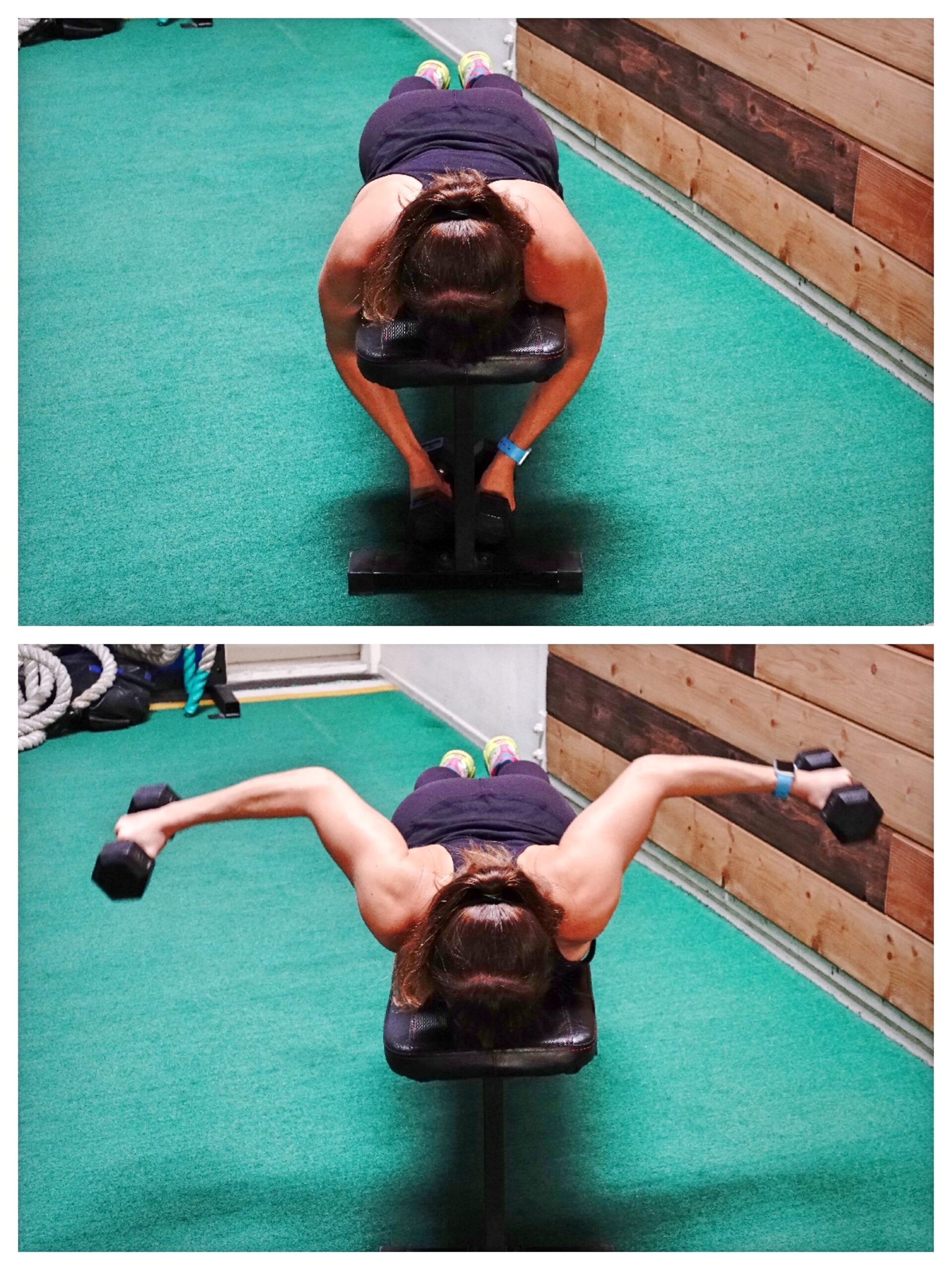
To make the most out of these tweaks, you need to be conscious of what muscles you truly feel working!
You can’t just rush through moves or go through the motions!
Love these tips and tweaks? Want some killer upper body and arm workouts?!
Don’t forget to check out my Arm Burner Workouts!
In my Arm Burner program, I share tweaks and modifications for moves so you can avoid injury and build the lean, strong back and arms you’ve always wanted!
Check it out!…You know you want to! 😉
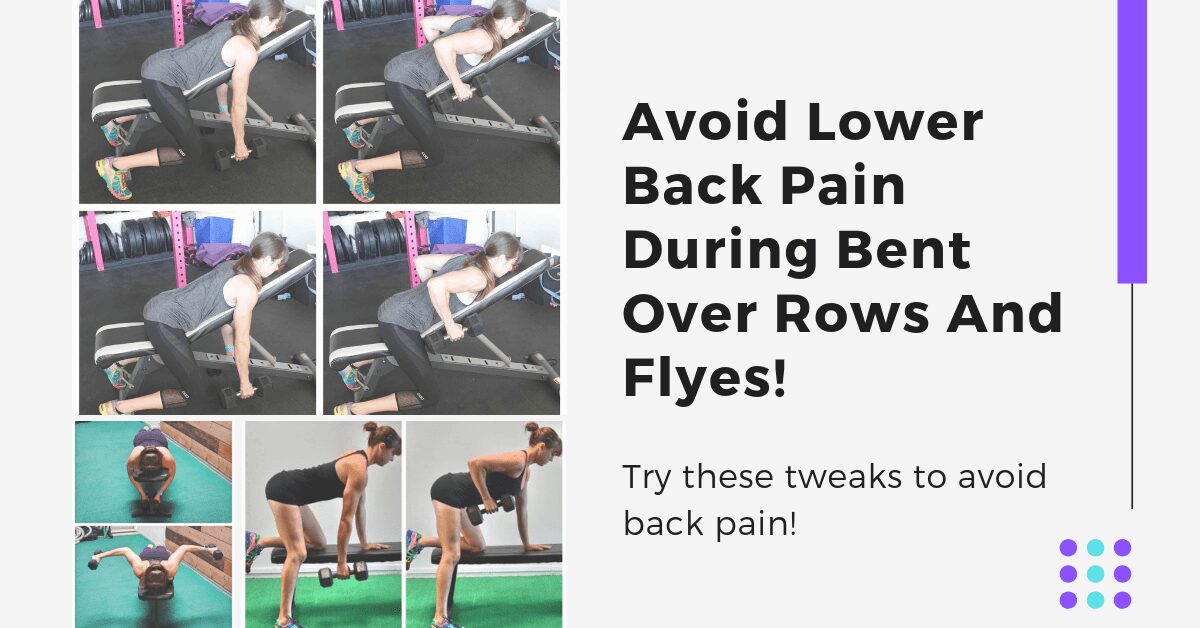

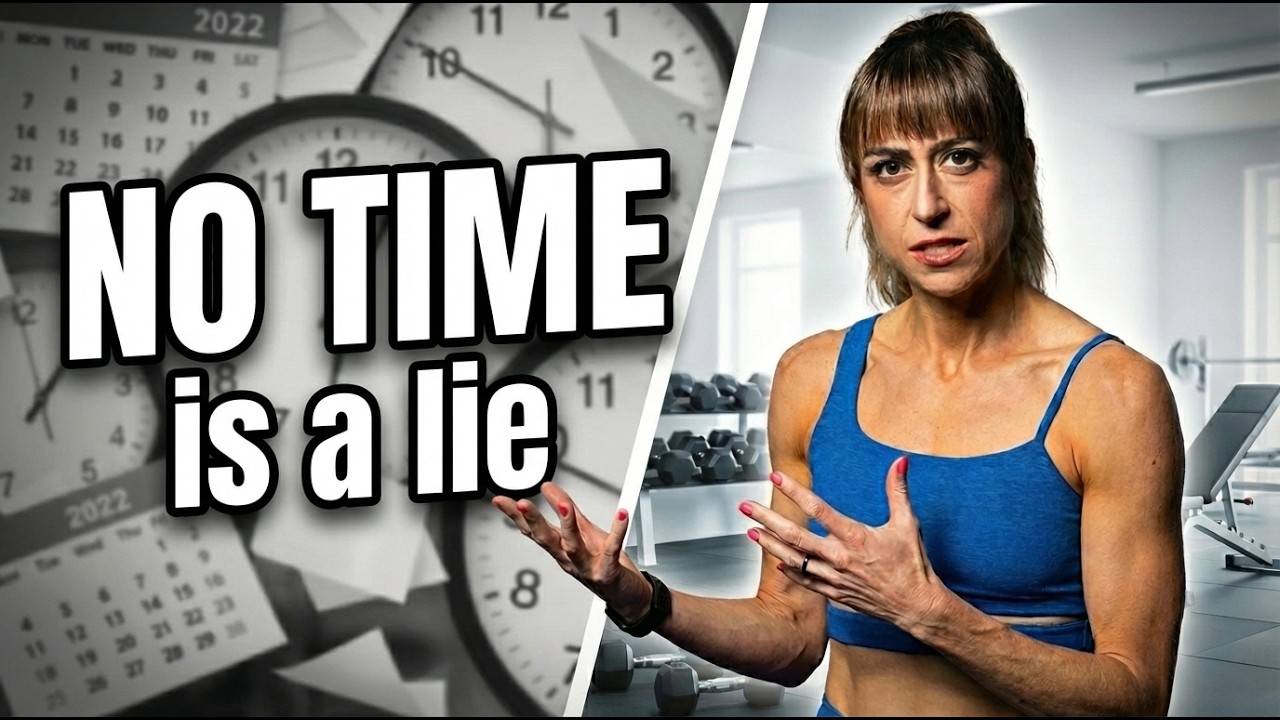
omg! I’ve got a chronic joint condition where, among other things, a few of my spinal discs are fused in my lower back.
Many other experts told me, there’s no way of doing certain exercises properly if I can’t bend over or stand in a very particular way… but your alternative with laying prone on a bench is basically just what I was looking for!!!
Now I’m really interested in getting the rest of your arm burners set, if the extra options included are all like this!
I use a wheelchair to get around, manual of course for the workout, but unless I go around backwards (which i sometimes do for a while in my “jogs”), my triceps only get worked on steep hills. Already aware of the risks in uneven development, I had been looking into ways to build my upper body strength more evenly.
I’ve already got a pull-up bar, since that doesn’t put the same kind of strain on my back and leg joints as a push-up, and I already knew the posture and so forth from karate classes years ago. So that way I can build my strength even when I can’t make it outdoors.
But your resources have gotten me thinking about trying to incorporate other kinds of postures too, and maybe developing workouts that involve switching between them. Which is great, because I thought I’d have to find a gym with a trainer who actually knew things about working with wheelchairs before i could diversify my options. I’ve had too many bad experiences with trainers who just winged-it with this or that lift/posture and I ended up temporarily dislocating a shoulder! Which bruised for weeks afterwards, despite popping back in immediately. So I’m very wary about trying someplace new now.
Your earlier article about foam rollers also helped me a lot – I had already been massaging most of the locations in most of the ways you mention, but only finding very temporary relief (my joint condition is also known to cause muscles to overcompensate for weak connective tissue).
But your tips helped me find the couple of areas I had been missing (such as going under the armpit as well as around the rotator cuff – which naturally gets a lot of working out in a wheelchair!) and it’s helped me get longer-lasting relief from joint tension as a result. Certainly far more effective than the “reach round your back and grab your hand and pull with both arms” stationary type stretches I had learned in karate class!
Sorry for this getting a little long, haha. I’m just very appreciative for your inclusion of altered postures at all, it really increases the accessibility of all these exercises. So many “exercises you can do at home!” videos and blog posts are not an option due to my disability, so seeing you accommodate different needs is a real breath of fresh air. It’s much nicer than having to wait for a special “no standing!” video to come out. Thanks again.
Hi Kaitlyn So glad the article helped! Sorry I missed this comment before! Always ways to tweak things to meet our needs so we can get in a killer workout and the results we want. Definitely if you haven’t already also check out my seated exercises video on youtube. Just even more amazing upper body, and even cardio and core moves there! 🙂 Always here to help if you have any questions!
Is it true that if you need to modify the bent over row exercise that you “just shouldn’t do it” bc the modification (for example, where we put one leg on the bench), puts uneven pressure on the hips? I really love your modifications they seem to not bother my low back as much, but want to understand if I’m actually getting the same strength effects or if I need to just not do this exercise in the long term. Thanks so much!
I like to do a unilateral variation when putting a knee on the bench to help brace, which then shouldn’t be a bad “uneven” pressure?